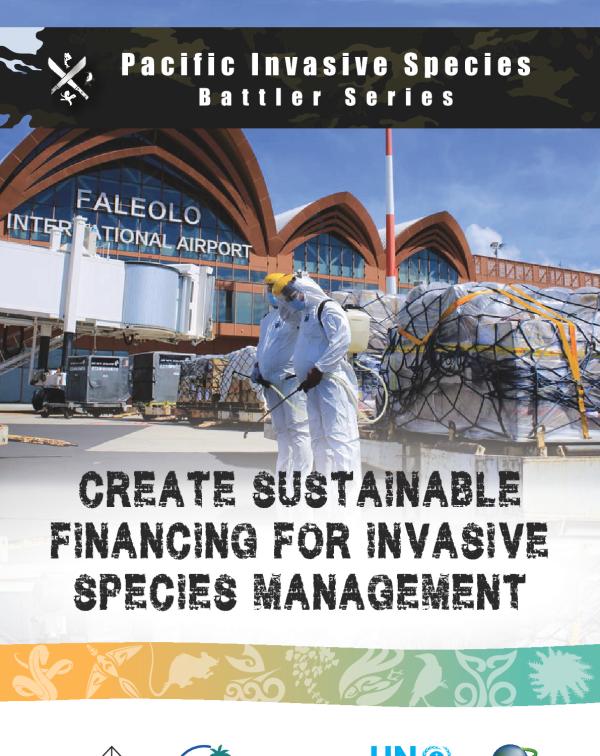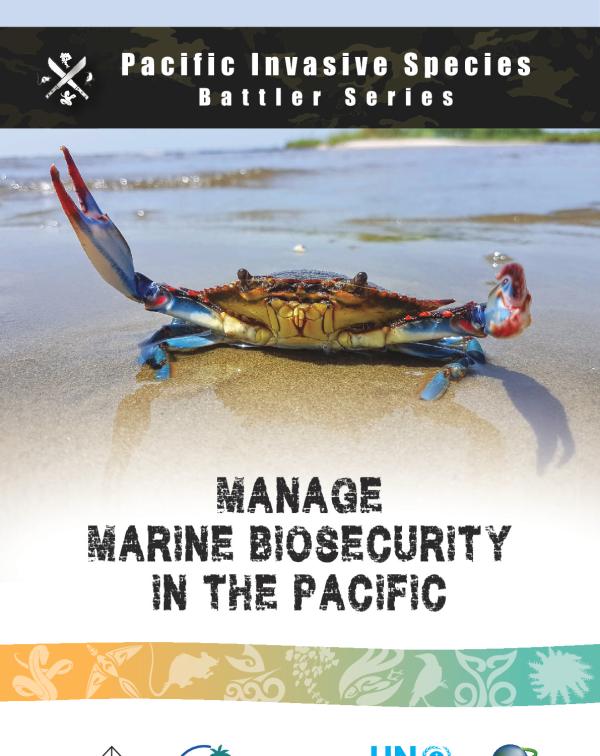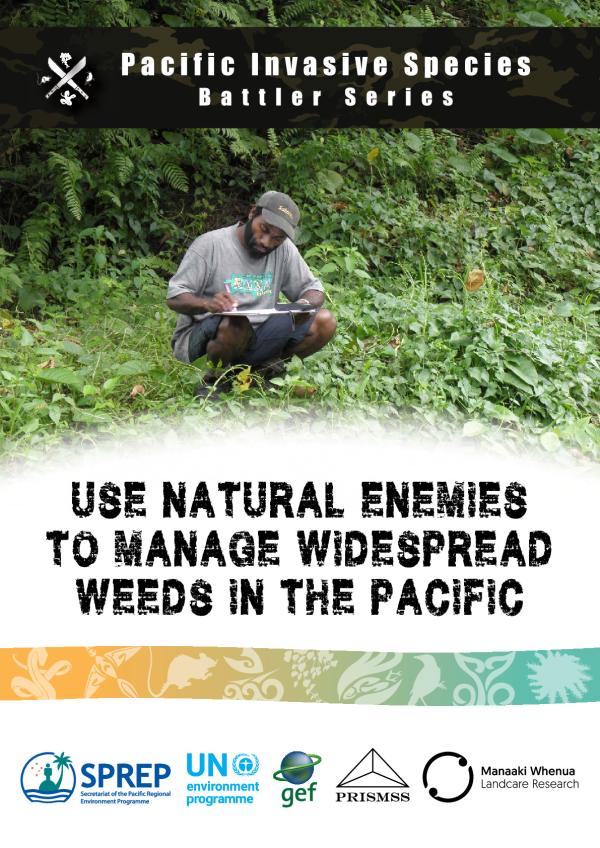GEF 6 Regional Invasive Project
Strengthening national and regional capacities to reduce the impact of Invasive Alien Species on globally significant biodiversity in the Pacific
Project Objectives
Reduce the threats from Invasive Alien Species (IAS) to terrestrial, freshwater and marine biodiversity in the Pacific by developing and implementing comprehensive national and regional IAS management frameworks.
Problem or Challenge Being Addressed
Pacific island ecosystems make up one of the world’s biodiversity hotspots, with high levels of endemism. However, Pacific islands are particularly vulnerable to invasive species; because of their isolation and relatively recent human occupation, native species have not evolved to cope with the impacts of predators, herbivores, insect pests, highly competitive weeds, and diseases brought in from continental areas. As a result, Pacific islands face some of the highest extinction rates and threats to endemic species globally. The biggest threat to single-country endemic species in the Pacific region is the spread of IAS (SPREP, 2014). Most, if not all, countries continue to experience incursions of new introduced/invasive species. The State of Conservation in Oceania 2013: Regional Report noted that “the extent of impact of invasive species across the 22 Pacific Island Countries and Territories was examined and the status was deemed to be poor, with only a small number of success stories overall: the majority of invasive species are not managed, are spreading, and continue to have devastating impacts on native species and ecosystems”
Project Outcomes
Will be delivered in 4 key areas:
All participating countries have a comprehensive and effective administrative framework established and countries are enabled to manage invasive alien species.
Enhanced IAS surveillance and control strategies reduce introduction rates and contain populations below thresholds that endanger threatened and endemic species and their habitats in 4 countries: IAS surveillance and control strategies can be relied on to reduce the risk posed by the introduction of new IAS and contain established IAS populations below thresholds that endanger threatened and endemic species and their habitats in 4 countries.
Biosecurity risks are reduced for the highest risk pathways and IAS
Sustainable support service comprised of Council of Regional Organisations in the Pacific (CROP) agencies and partners established and enabling four countries to respond to existing and potential IAS threats, and is up-scalable to at least the Pacific region
Under the 4th component, GEF6 RIP will establish a Pacific Regional Invasive Species Management Support Service (PRISMSS). The PRISMSS is a regional mechanism which aims to provide a comprehensive, seamless mechanism for scaling up invasive species support for on the ground action in the Pacific. This includes component programmes attractive to further investment. The PRISMSS modality will be tested and improved during the implementation of the project with the participating countries. At the same time the PRISMSS will be available to all other Pacific Island Countries and Territories on a “pay as you go basis”.
|
PRISMSS Chair David Moverley (SPREP Invasive Species Adviser) |
GEF 6 RIP Project Manager Isabell Rasch |
Project Associate Dannicah Chan |
Resources
| Documents & Reports | ||||
|---|---|---|---|---|
| Battler Series | 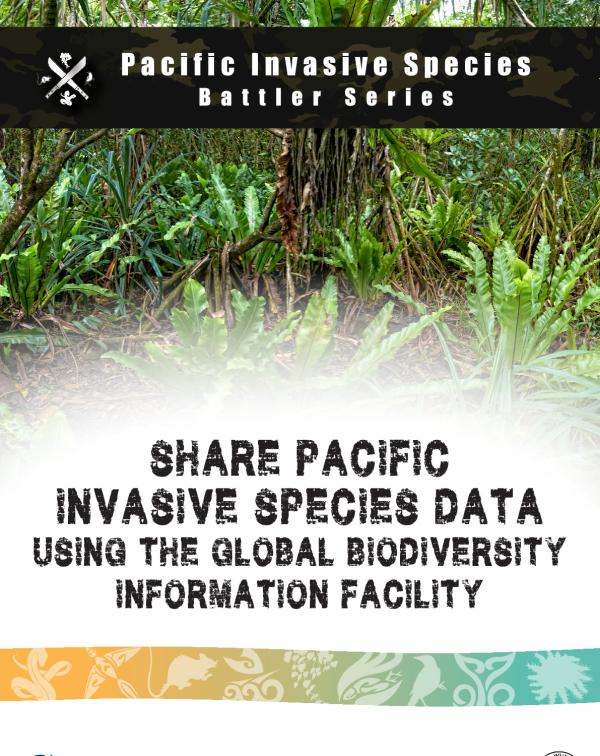 |
|||
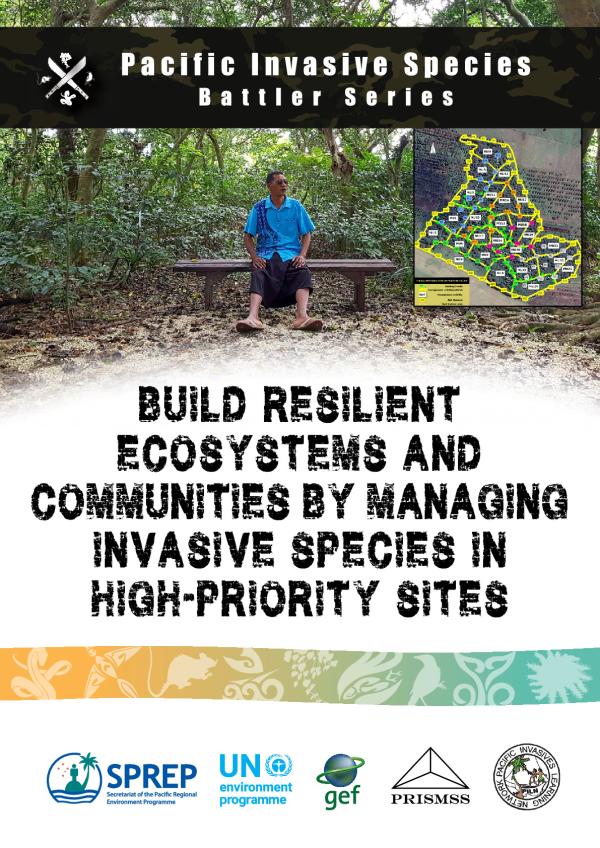 |
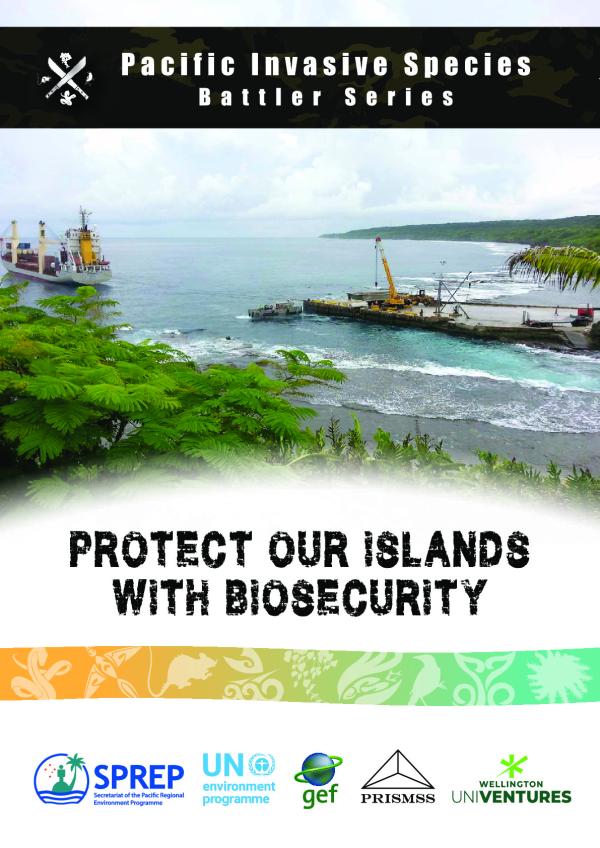 |
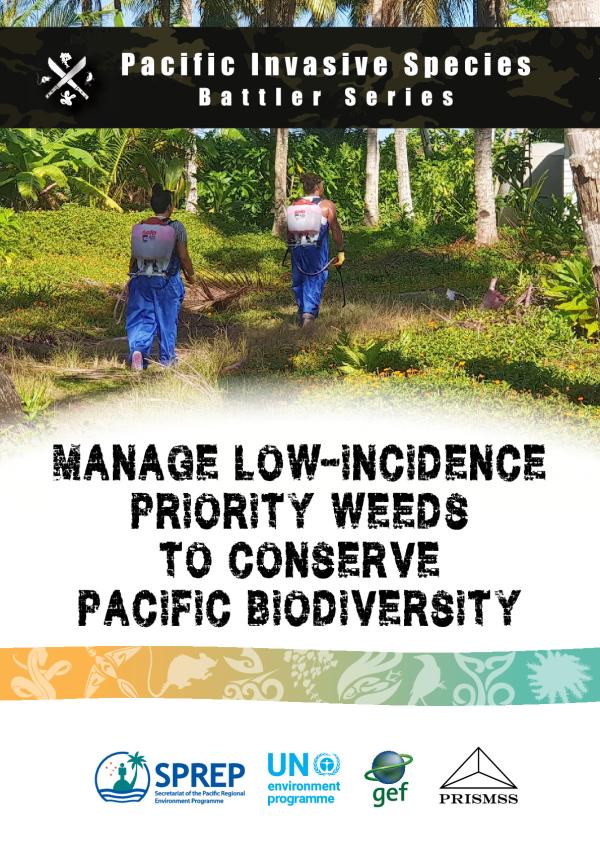 |
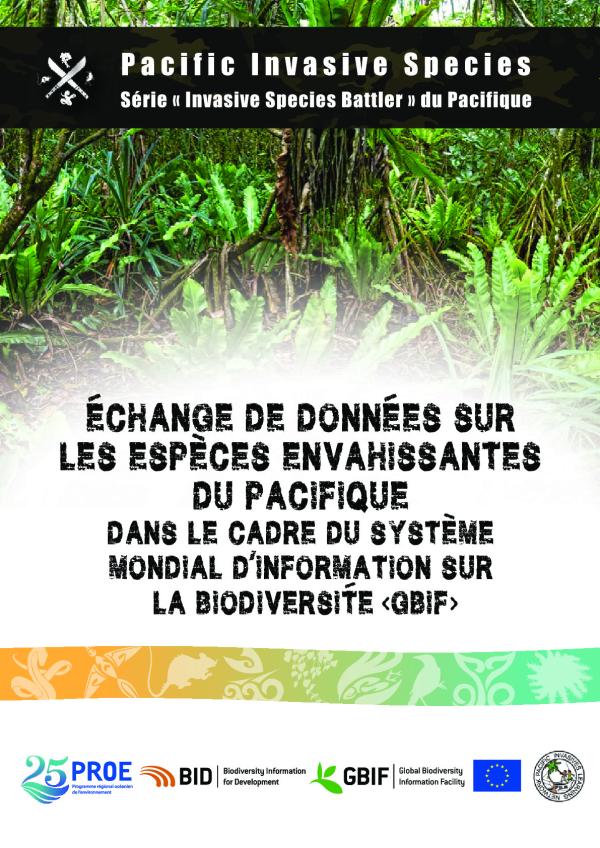 |
|
| Tools | .png) |
|||

Getting started | iNaturalist video tutorials | Teacher's guide |
||||
| RMI | Tonga | Tuvalu | ||
| YouTube | ||||
| Useful Links | ||||
Participating member countries
| Project funded by | Project implemented by | Project executed by |
|
|

|




